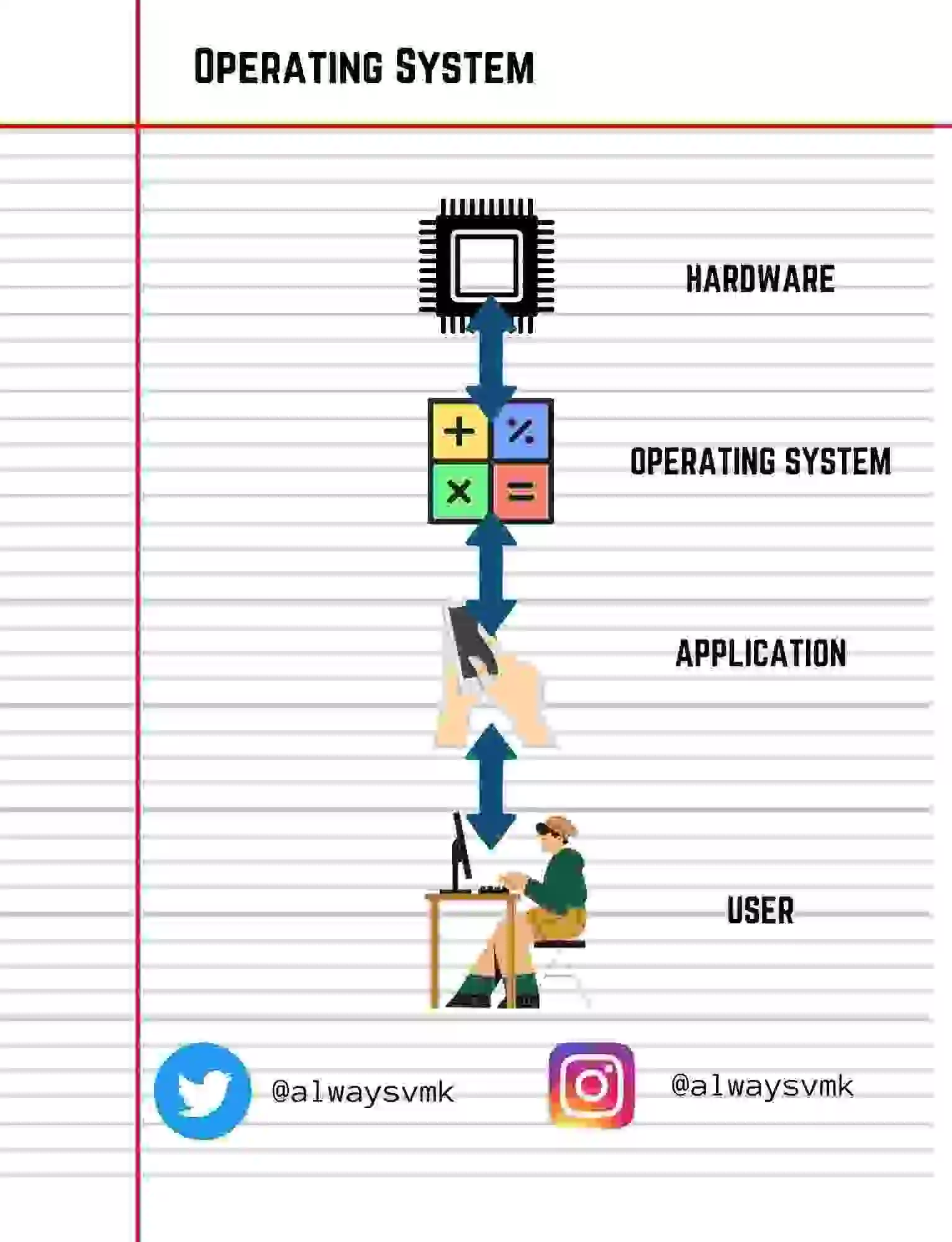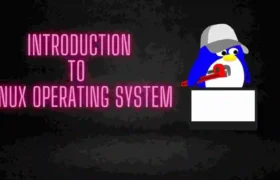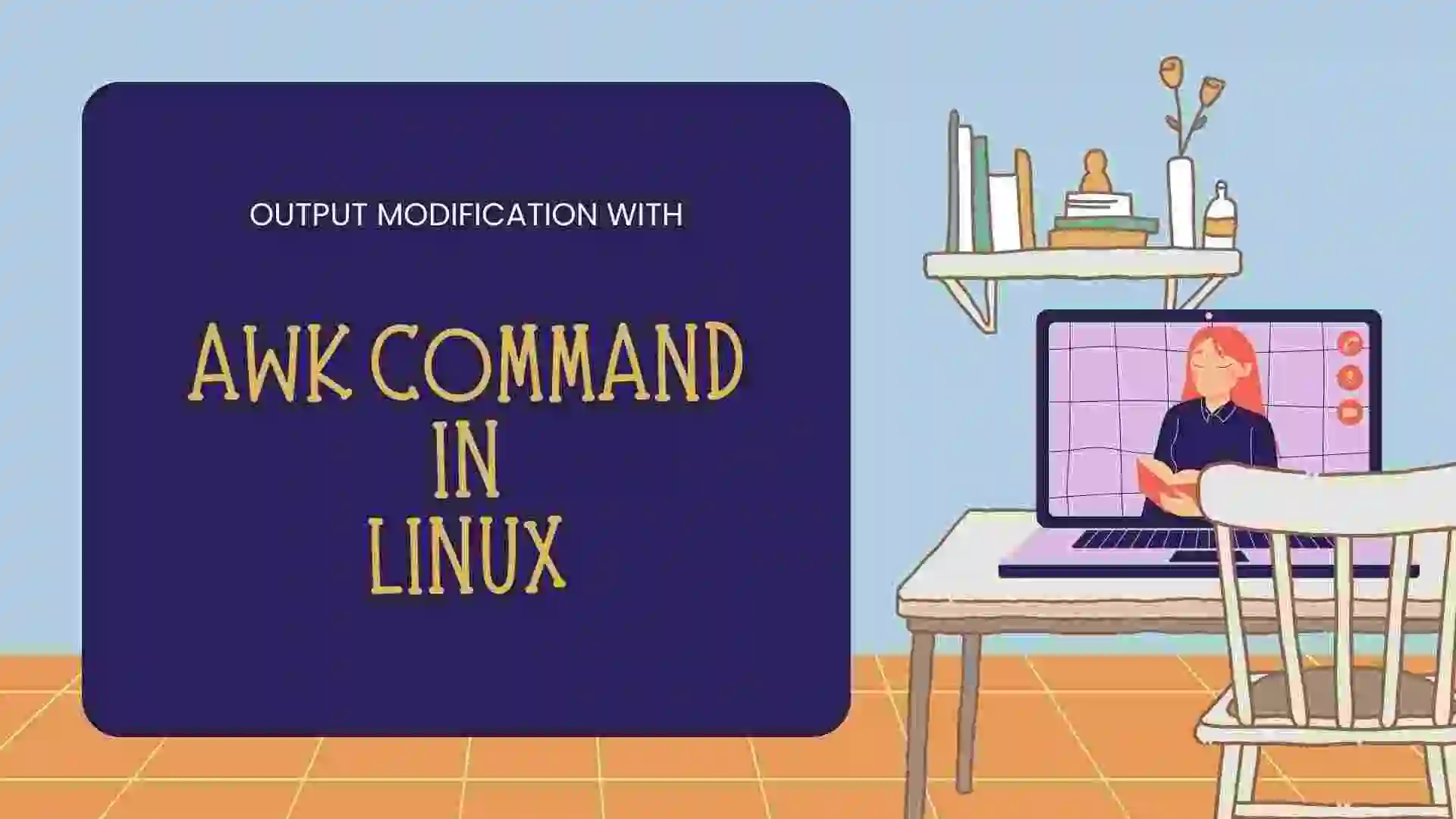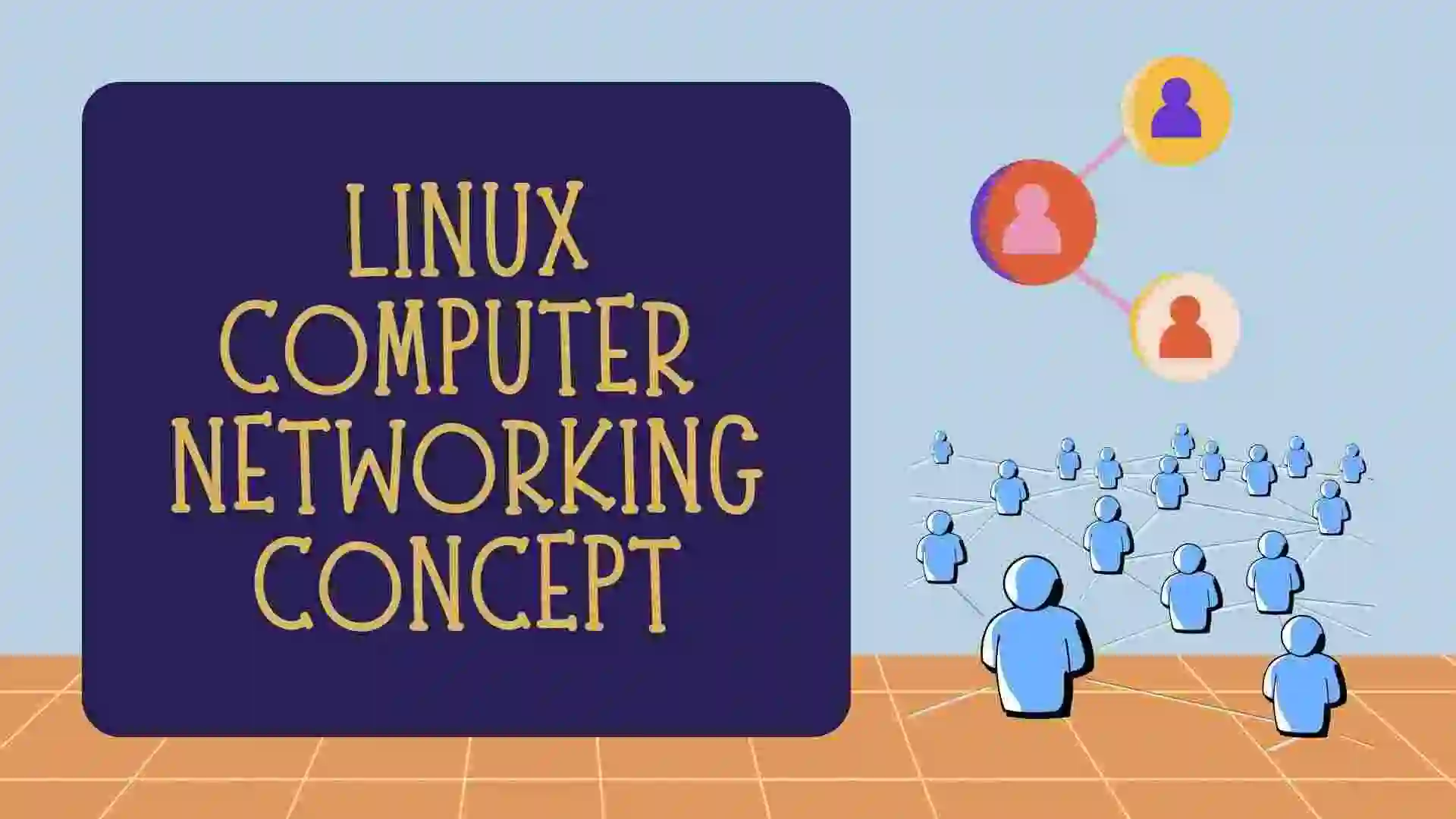Stop finding other blogs to learn about the Linux operating system. In this blog, I will explain the Linux operating system. Why do most people or developers prefer the Linux operating system? Who created Linux, and what is the reason behind it? First, we will examine the differences between the Linux and Windows operating systems.
Table of Contents
- Introduction to Operating System
- Functions of Operating System:
- Introduction to Linux Operating System:
- Use of Linux OS in bigger companies:
- Discovery:
- The Architecture of the Linux Operating System:
- Features:
- Advantages of Linux Operating System
- Disadvantages of Linux Operating System
- Distribution of the Linux Operating System:
- Difference between the Linux Operating System and the Windows system:
- FAQ Related to the Linux Operating System
- Recent Articles on Linux Operating System
- Recent Articles on Computer Networks
Before learning about the Linux Operating system, we should know some of the basics of the operating system.
Introduction to Operating System
An operating system is software that acts as an interface between end users and computer hardware. An operating system is crucial to running other programs on a computer.
It is software that performs all the basic tasks like memory management, file management, process management, and controlling peripheral devices such as disks, drivers, and printers.
For example, we can find operating systems in every device, like mobile phones, computers, toys, and automobiles.
Application programs make use of an operating system by making requests for services through a defined API (Application Program Interface).
Users can interact directly with the operating system through a user interface such as a CLI (Command Line Interface) or GUI (Graphical User Interface).

Functions of Operating System:
a) Process Management:
An operating system manages all the running processes of the system. In a multiprogramming environment, the OS decides which process gets the processor when and for how much time.
- Keep track of the processor and the status of the process.
- Allocate the processor (CPU) to a process.
b) Device Management:
An operating system interacts with the device drivers for peripheral control.
- Keeps track of all devices. The program is responsible for this task is known as the I/O controller.
- Decide which process gets the device and for how much time.
c) File Management:
It is the process of manipulating files in a computer system, which includes the processes of creating, modifying, and deleting the files.
- Keeps track of information, location use, status, etc. The collective facilities are often known as file systems.
- Decides who gets the resources.
d) Memory Management:
Memory management is the process of controlling and coordinating computer memory, assigning blocks to various running programs, and optimizing overall system performance.
- Keeps track of primary memory. i.e., what parts of it are in use by whom and what parts are not in use.
- Allocates memory when a process requests it to do so.
e) System Security:
Operating System security refers to specified steps or measures for protecting the OS from threats, viruses, worms, and remote hacker intrusions.
I hope you understand the Operating System. Now let’s start with the Linux Operating System.
Introduction to Linux Operating System:
- Linux is an open-source operating system. Linux has evolved to run on a wide variety of hardware, from phones to supercomputers.
- Every Linux-based OS involves the Linux kernel, which manages hardware resources, and a set of software packages that make up the rest of the operating system.
- Linux is highly configurable and depends on a modular design that enables users to customize their versions of Linux. Depending on the application.
Use of Linux OS in bigger companies:
- Android uses the kernel under the hood. Due to its open-source nature, the developers could tune the kernel to meet their needs.
- NASA and SpaceX use Linux widely. Linux has also been used for various outer-space systems, the Mars rover being a prime example.
- Tesla’s Operating System is built on a modified version of Ubuntu Linux.
- Dreamworks leverages Linux’s processing power to support the robust rendering farm that produces most of the rich, graphical magic we see on the big screen.
Discovery:
Linux was discovered by Linus Torvalds when he was a computer student. He was to work on UNIX and thought it needed improvement.
However, when his suggestion was rejected by the designer of UNIX, he thought of launching an OS that would be receptive to changes, and modifications suggested by its users.
So Linus devised a kernel named Linux in 1991. However, he would need programs like File Manager, Document Editor, and Audio-Video programs to run on it. This definitely curbed Linux’s popularity as the other commercially oriented Operating system, Windows, became famous. Nonetheless, the open-source aspect of the Linux operating system made it more robust.
The Architecture of the Linux Operating System:
Linux has the following components, which are as follows:
a) Hardware:
Contains the hardware layer that consists of resources and peripheral devices such as HDD, CPU, RAM, etc.
b) Kernel:
The kernel is the core part of the operating system. It helps create communication between devices and software.
It facilitates the required abstraction for hiding details of low-level hardware or application programs in the system.
c) Shell:
The shell is the interface between the kernel and the user. It hides its complexity from the users. It takes commands from the users and executes the kernel functions.
The operating system is categorized into two different types: a) graphical shells and b) command-line shells.
The graphical-line shell uses the graphical user interface, while the command-line shell uses the command-line interface. Both shells implement operations.
However, the graphical-line shells work slower than the command-line shells.
d) System Utilities:
System Utility programs are responsible for doing the specialized, individual-level task.
e) System library:
System libraries are special functions or programs using which applications, programs, or system utilities access the kernel’s features.
These libraries implement most of the functionalities of the Operating System and do not require the kernel module’s code access rights.
Features:
a) Multiprogramming:
Multiprogramming means that more than one application can be executed at the same time.
b) Multi-User Functionality:
Multi-user functionality means that more than one user can use the resources of the system, such as the application programs, memory, or RAM, at the same time.
c) Portability:
It can perform on different types of hardware, and the kernel of Linux supports the installation of any type of hardware environment.
d) Security:
It facilitates user security systems with the help of various features of authentication, such as controlled access to a specific file, password protection, or data encryption.
e) Hierarchical File System:
It affords a typical file structure where user files or system files are arranged.
f) Open Source:
The source code of Linux is freely available, which enhances its capabilities when different teams collaborate.
Advantages of Linux Operating System
- Linux is a lightweight Operating System. The requirements for running Linux are much lower than for other operating systems.
- It provides high performance over different networks. It is capable of handling a large number of users simultaneously.
- Linux is more stable than the different operating systems. It does not require rebooting the system to maintain performance levels. It rarely hangs up or slows down.
- Almost all Linux distributions have a Live CD or USB option. It allows us to try or run the Linux Operating System without installing it.
- Linux always takes care of user privacy, as it never takes much private data from the users. While the other operating system asks for the user’s private data.
- Linux is compatible with a large number of file formats, as it supports almost all file formats.
Disadvantages of Linux Operating System
- Linux is not a very user-friendly operating system. It might be very confusing for beginners to understand. For beginners, it is easier to understand the Windows Operating System as compared to Linux.
- Several games are not developed for Windows, but unfortunately not for Linux. Because most of the users have Windows operating systems, the game developers are more interested in that and make games accordingly.
Distribution of the Linux Operating System:
Many companies modified the Linux Operating System and made their own Linux Distributions. There are many Linux Distributions available on the market. Some popular distributions are Ubuntu, Debian, Parrot, Linux Mint, etc.
Read all the names of Linux distributions available on the market. Click here.
Difference between the Linux Operating System and the Windows system:
| Linux Operating System | Window Operating System |
| 1) Linux is an open-source operating system. | 4) A monolithic kernel is used. |
| 2) Linux is free of cost. | 2. Windows is very costly. |
| 3) The file name is case-sensitive. | 3. The file name is case-insensitive. |
| 4) It is more secure than Windows. | 4. A microkernel is used. |
| 6) The root user is the superuser and has all the administrative privileges. | 5. It is less secure than Linux. |
| 6) The administrator user has all the administrative privileges. | 6) Administrator user has all the administrative privileges. |
FAQ Related to the Linux Operating System
Linux is an open-source operating system. Linux has evolved to run on a wide variety of hardware, from phones to supercomputers.
Every Linux-based OS involves the Linux kernel, which manages hardware resources, and a set of software packages that make up the rest of the operating system.
a) Hardware
b) Kernel
c) Shell
d) System Utilities
e) System Library
Linux is a lightweight Operating System. The requirements for running Linux are much less than the other operating systems.
It provides high performance over different networks. It is capable of handling a large number of users simultaneously.
Linux is more stable than the different operating systems. It does not require rebooting the system to maintain performance levels. It rarely hangs up or slows down.
a) Multi-Programming
b) Multi-User Functionality
c) Portability
d) Security
e) Open-Source
Recent Articles on Linux Operating System
- Directory in Linux Define | Linux Directory & its Commands
- Explain the chmod command in Linux | Linux chmod command
- Linux User Management || User Management in Linux
- Linux Computer Network Advanced Command | Network Command
- Redirection in Linux I/O| Linux I/O Redirection
- CronTab and Job Scheduling in Linux | Make CronTab Project
- Linux Firewall Unlock Rules with Firewall-cmd Tutorial
- netstat command in Linux | Linux netstat command
- SSH Command Full Guide with Practical | Linux SSH Service
- awk command Guide | How to arrange the output of the file in Linux
- sed command Full Guide Tutorial | Linux sed Command
- Iptables commands Full Guide: How to make our own Firewall
Recent Articles on Computer Networks
- Introduction to Computer Networking | What is Computer Network
- What are Topology & Types of Topology in Computer Network
- What is FootPrinting in Cyber Security and its Types, Purpose
- Introduction to Cloud Computing | What is Cloud Computing
- Distributed Shared Memory and Its Advantages and Disadvantages
- What is a VPN? How does a VPN Work? What VPN should I use?
- What is an Internet and How the Internet Works
- What is a Website and How Does a Website or web work?
- Introduction to Virus and Different Types of Viruses in Computer
- What is TCP and its Types and What is TCP three-way Handshake
- What is the UDP Protocol? How does it work and what are its advantages?
- What is an IP and its Functions, What is IPv4 and IPv6 Address
- What is MAC Address and its Types and Difference MAC vs IP
- What is ARP and its Types? How Does it Work and ARP Format
- Sessions and Cookies and the Difference Between Them
- What is ICMP Protocol and its Message Format?
- What is Big Data? Characteristics and Types of Big Data
- Disciplines of CyberSecurity | What are the goals of CyberSecurity?
- What is Firewall, Features, Types and How does the Firewall Work?
- Network Scanning, Types, and Stealth Scan in Computer Network
- Cryptography and its Types in Ethical Hacking
- Tor Browser and How Does It Work | Onion Router Tutorial
- Proxy Server, Advantages, Difference between Proxy Server & VPN
- DHCP Protocol and What Are the Pros and Cons of DHCP
- Intrusion Detection System(IDS) and What are the types of IDS
- Domain Name Server, How Does It Work, and its advantages
- Telnet: Introduction, How Does it Work, and Its Pros and Cons
- SOC: Introduction, Functions performed by SOC, and its Pros
- What is SIEM? | What is the Difference between SIEM and SOC?
- Application Layer in OSI Model | OSI Model Application Layer
- What is SSL Protocol or SSL/TLS and SSL Handshake, and Architecture of SSL
- What are Servers, how do they work, and its different Types
- Network Devices-Router, Switch, Hub, etc in Computer Network
- Connection Oriented and Connection-less Services in Network
- Physical Layer in OSI Model | OSI Model Physical Layer
- Presentation Layer in OSI Model | OSI Model Presentation Layer
- Session layer in OSI Model | OSI Model Session layer
- Transport Layer in OSI Model | Computer Network Transport Layer
- Network Layer in OSI Model | OSI Model Network Layer
- Data Link Layer in OSI Model | OSI Model Data Link Layer
- Block Diagram of Communication System with Detailed Explanation




